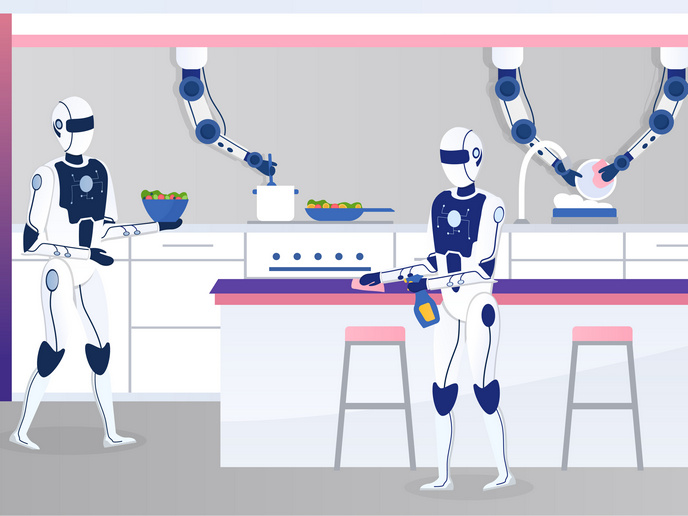Following the traces of prehistoric women to decipher today’s gender gap
Although anthropologists have long explored questions regarding the circumstances, reasons and ways behind inequality, no universal explanation has ever been found. Among the many elements involved in inequality kinship and residence patterns are key factors. Residential patterns could have become pivotal in the development of gender inequality, as some specific male-centred patterns such as patrilocality(opens in new window) would have caused women to be displaced from their families, and, as a result, have rendered them more vulnerable to male domination.
Gender archaeology joins forces with archaeological chemistry
Supported by the Marie Skłodowska-Curie Actions programme, the WOMAM project has focused on analysing the linkage between residential patterns and gender inequality in ethnographically documented non-state societies using Iberia as a case study. Moreover, the researchers attempted to determine the residential patterns of Late Prehistoric Iberia (c. 5500-850 BCE). Their final goals were to establish whether Neolithic, Copper Age and Bronze Age societies of Iberia were patrilocal or matrilocal and whether mobility played a central role in the origin and development of gender inequality. WOMAM investigated the mobility and residential patterns of past people through high-resolution analyses of strontium (Sr) and oxygen (O) isotopes in their bones, a promising method in contemporary archaeological research.
Understanding more about the status of women within a patrilocal world
Research carried out in WOMAM’s project analysed previous cross-cultural studies based on data from ethnographically documented non-state societies show a clear linkage between residential patterns and gender inequality. “This means that when residential patterns are male-centred the status of women tends to be worse than if residential patterns are female-centred,” explains project postdoctoral fellow Marta Cintas-Peña. “It does not necessarily imply a correlation, but the tendency does exist.” Although the project has contributed greatly to the determination of the residential patterns of Late Prehistoric Iberia by producing fresh evidence, especially in the form of Sr isotopes based on Copper Age individuals, there are still relevant gaps in the research, mainly in the Bronze Age period. According to both the compilation of data and the new analysis performed, during the Neolithic (c. 5500-3200 BC), a unique residential pattern or a tendency to any specific form or residential pattern does not seem to have existed in Iberia. However, in the Chalcolithic (3200-2300 BC), the mobility of people increased, and females seem to have been more mobile than males, which could be related to a bilocal residential pattern biased to patrilocality, especially in the so-called mega-sites. In the Bronze Age (2300-850 BC), mobility experienced a decrease, but the data available is still very scarce and no generalisations can be made concerning gender. However, WOMAM research contributed, among others, to the understanding of the social processes that can lead to increased gender inequalities within a community. “In this sense, to comprehend what mechanisms, such as specific forms of residential patterns, support gender inequality is key to confronting the idea that gender inequality is inherent to human behaviour, and therefore ‘inevitable’,” notes Cintas-Peña. The project team is currently responding to a call for a Spanish national project to continue approaching the issue of mobility and gender inequality through Sr analyses as well as DNA, peptides or C and N isotopes. They expect this to expand their view of not only gender inequality, but also early social complexity in Iberia during the 4th and 3rd millennia BC.







